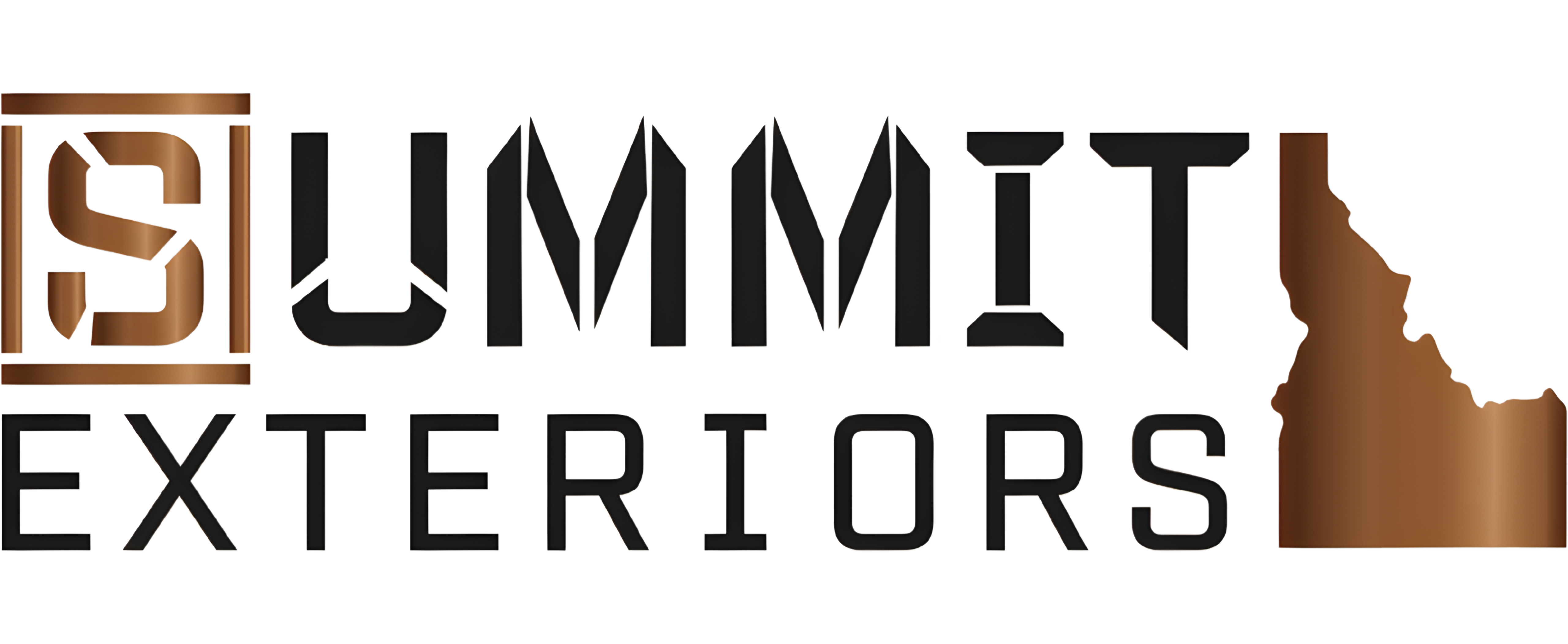In commercial buildings, managing indoor humidity and condensation is crucial to maintain structural integrity and indoor air quality. Condensation often accumulates on windows, skylights, roof hatches, and smoke vents when warm, moist indoor air meets cold surfaces. Understanding and controlling this phenomenon can prevent potential damage and ensure a healthier environment. This guide offers detailed strategies for effectively managing condensation in commercial settings, particularly focusing on roof hatches and smoke vents.
The Science of Condensation in Commercial Spaces
Condensation occurs when the air's temperature drops below its dew point, causing excess moisture to be released in the form of water droplets. This typically happens when warm, humid air inside a building comes into contact with colder surfaces, such as window glass or metal roof hatches.
Factors Contributing to Indoor Condensation
Several factors contribute to indoor condensation, including:
High Humidity: Activities such as cooking, washing, and drying clothes increase indoor humidity.Poor Ventilation: Inadequate ventilation traps humid air inside and increases condensation potential.
Temperature Fluctuations: Sharp differences between indoor and outdoor temperatures can exacerbate condensation issues.
Preventive Measures and Solutions
Effective management of condensation involves several strategic approaches, from structural modifications to routine maintenance practices.
Enhancing Air Circulation
Improving air circulation is paramount in managing humidity and reducing condensation. Utilizing exhaust fans, air movers, and HVAC systems effectively can help maintain optimal air flow and reduce moisture levels.
Installing Thermal Insulation
Installing thermal insulation on roof hatches and smoke vents can significantly reduce condensation by minimizing the temperature differential between indoor air and these surfaces. Products like double-glazed windows or thermally broken roof hatches are designed to provide a barrier against heat transfer, thus maintaining a more consistent interior surface temperature.
Dehumidification Systems
In areas where high humidity is a constant challenge, commercial-grade dehumidifiers can be a practical solution. These systems reduce the amount of moisture in the air, making it less likely to condense on cold surfaces.
Routine Maintenance and Inspections
Regular checks and maintenance of roofing components, especially roof hatches and smoke vents, are essential. Ensuring seals and joints are intact and free from leaks can prevent water intrusion, which can be a significant factor in condensation problems.
Implementing Smart HVAC Solutions
Integrating smart HVAC technologies can dynamically adjust the climate within a building based on real-time data on humidity and temperature levels, providing an efficient way to manage the indoor environment and prevent condensation.
Automated Ventilation Controls
Automated systems can adjust airflow based on the humidity levels detected inside the building, ensuring adequate ventilation without manual intervention.
Humidity Sensors and Regulators
Installing humidity sensors can provide precise control over the indoor climate, allowing for adjustments in real time to maintain optimal humidity levels and prevent condensation.
Case Study: Summit Exteriors Implementation
At Summit Exteriors, located in Coeur d'Alene, ID, we have successfully implemented advanced condensation control strategies in numerous commercial buildings. Our team specializes in the installation of high-performance roof hatches and smoke vents equipped with the latest thermal insulation technologies. As a top-rated roofing company and an Owens Corning Preferred Contractor, our commitment to delivering exceptional service built on honesty and quality ensures that each project is completed to the highest standards.
Conclusion
Effective management of condensation in commercial buildings is crucial for maintaining structural integrity and a healthy indoor environment. By understanding the causes of condensation and implementing strategic measures, building managers can significantly mitigate these risks. At Summit Exteriors, we are dedicated to providing expertise and solutions that protect commercial properties from the adverse effects of uncontrolled condensation. For more detailed assistance and customized solutions, feel free to contact our expert team.



